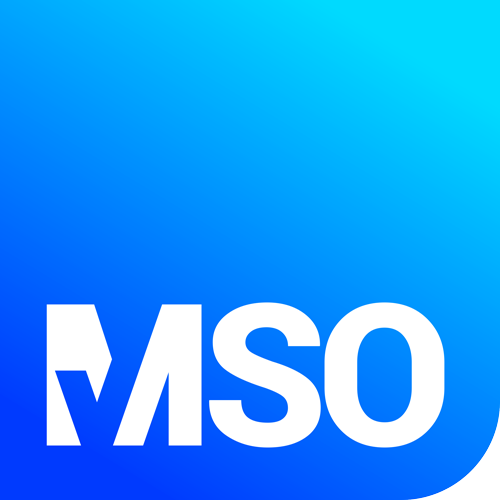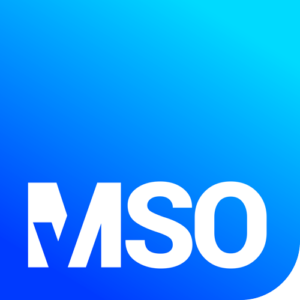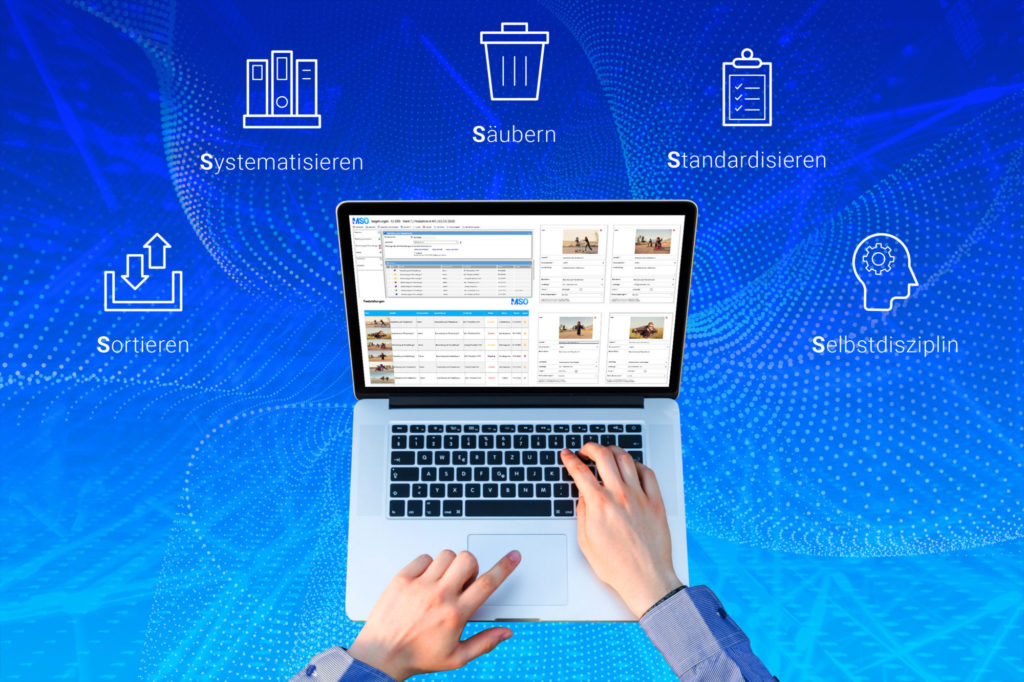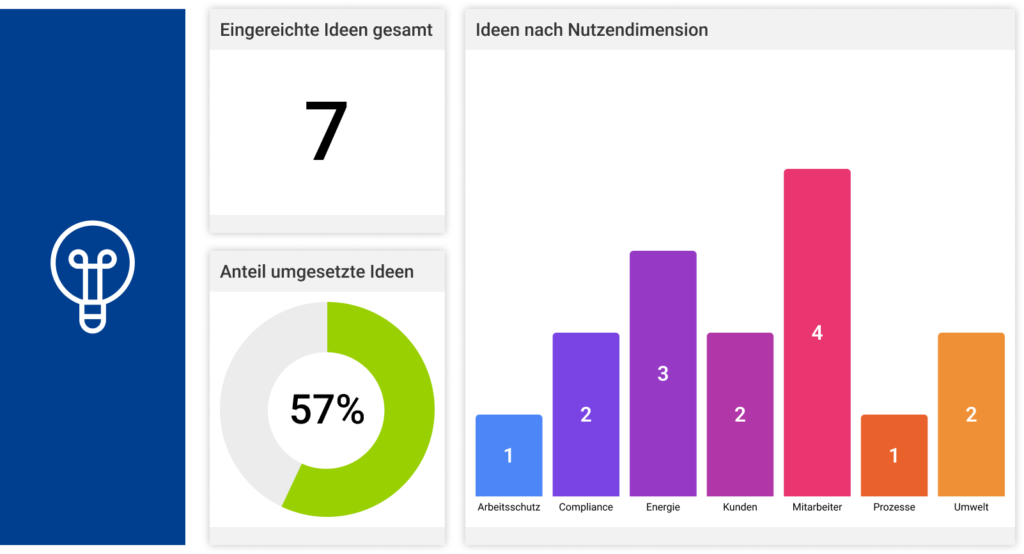Vacation or sickness replacements can’t find their way around, material inventories are too high or low for the assembly area, processing times are exceeded due to search times (so-called dead times), equipment can’t be charged due to missing power connections, access points are blocked, safety risks arise, damage to equipment, leaks and faulty or missing tools are detected too late, working in chaos satisfies neither the employees nor the management and is even less suitable for customer views. The motivation to conduct walk-throughs using the 5S method can be manifold. In this blog post, you will learn how to implement it successfully and how you can not only carry out your walk-throughs and 5S audits, but also digitalize and automate them.
What is the 5S method?
You may have already learned about the 5S method in another blog post of ours – on CIP methods. To repeat: Kaizen (from the Japanese “Kai” for “change” and “Zen” for “for the better”) is a management approach to continuous change and improvement, which led to great success in the lean production of Japanese car manufacturers and has been applied in this part of the world since the 1990s as “CIP” (continuous improvement process) in all areas of production and quality management. One of the CIP methods is the 5S method, which originated in the Toyota Production System and is the Japanese method for cleanliness, order and safety. The 5S cycle involves going through the five steps of Sorting, Setting, Shining, Standardizing and Self-discipline (in the Japanese original: Seiri, Seiton, Seiso, Seiketsu and Shitsuke).
According to the equation “Safety = Order + Cleanliness“, the 5S can significantly increase safety in the workplace. However, not only does the risk of accidents decrease, but orderliness and cleanliness are also considered a basic prerequisite for quality or the achievement of defined quality standards, reduction of the throughput or lead time, increase in efficiency and thus a significant reduction in costs. Search times are decreased, errors are avoided, transport efforts are reduced, and unexpected failures of machines and equipment can in many cases be prevented or detected in time by regular cleaning. With the 5S method, workflows can be streamlined, productivity increased, and business processes optimized. How does this work?
The 5S at a glance
- Seiri – sorting: sorting out what is not needed at the workplace
- Seiton – setting: everything gets its optimal and fixed, marked place
- Seiso – shining: thoroughly clean the workplace, checking all work equipment and tools
- Seiketsu – standardizing: agree on standards and rules to keep the workplace neat and clean
- Shitsuke – self-discipline: compliance with the rules for order and cleanliness must be monitored (e.g. by means of a 5S audit) and continuously improved (CIP)
The first step, sorting, is to weed out things that are not needed to get the job done and make room for the essentials. Streamlining leads to time savings and more productive workflows.
This is also where the second step, systematizing or “setting”, comes in. By trying to prioritize items logically and arranging them with the shortest possible reach, search times can be avoided in the future and action times reduced (a suitable method for recording current workflows, for example, is the “spaghetti diagram”). If you also ensure that all paths are clear, work safety can be significantly improved.
Cleaning (“shining”) in the third step follows the basic idea that only clean and functional equipment can produce quality. Regular and effective cleaning not only improves working conditions and occupational safety, but can also reduce damage to machines, as preventive maintenance of the machines is achieved through the inspection during cleaning.
The fourth step, standardizing, is to establish rules and standards that are suitable for actually maintaining the order and cleanliness created.
The creation of 5S audit forms or checklists is helpful here in identifying and documenting deviations from the standard.
Systematically identifying deviations so that they can subsequently be eliminated is an essential prerequisite for the fifth step, self-discipline (and continuous improvement). This step is an ongoing task that consists of adhering to the established rules, monitoring them, and identifying potential for improvement, similar to the PDCA cycle. A good practice here is to conduct a 5S audit. In order to ensure a uniform assessment and follow-up for a large number of projects and areas, the use of a tool for standardization and automation is recommended at this point at the latest.
How you can digitalize your 5S walk-throughs and audits with MSO management software
You may have already learned why companies rely on freely configurable and scalable no-code software in our last blog post (read it here now). With the MSO management software you can create, automate, control and evaluate individual solutions for the implementation of strategies, programs, projects, measures and processes thanks to a freely configurable and scalable framework. The framework offers you countless application possibilities: no matter what industry, organizational form or size, no matter what company structures, market segments or products and no matter how many topics, no matter how complex or simple. The philosophy behind it is always “configure instead of program” (no-code).
A single such application possibility would now be, for example, that you would like to digitalize and automate your walk-throughs as part of the 5S method, as just described. In your web-based MSO application, you can systematically record and process all inspections, including the findings and associated photos.
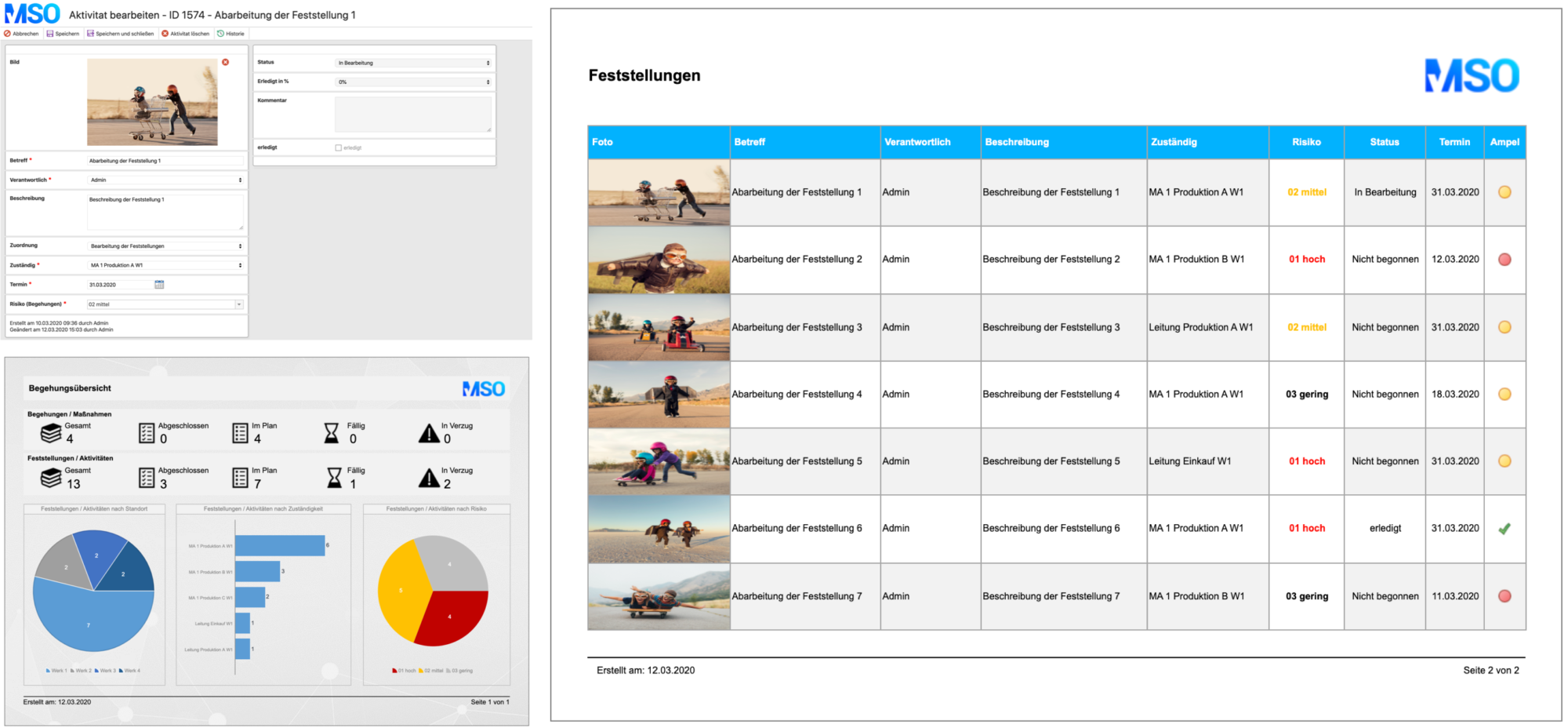
In addition to photos, you can (and probably must) add descriptions, define responsibilities and due dates, and classify risks. You can generate inspection reports and overviews with all relevant information on, for example, findings and associated risks from different locations at any time with a simple click of the mouse. In this way, you always have an overview of all information and key figures (depending on the individual distribution of roles and rights) and can take appropriate measures as well as initiate continuous improvements.
